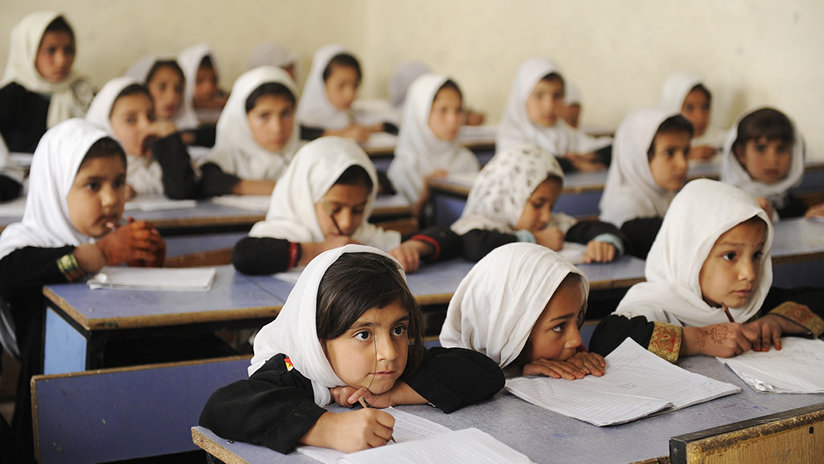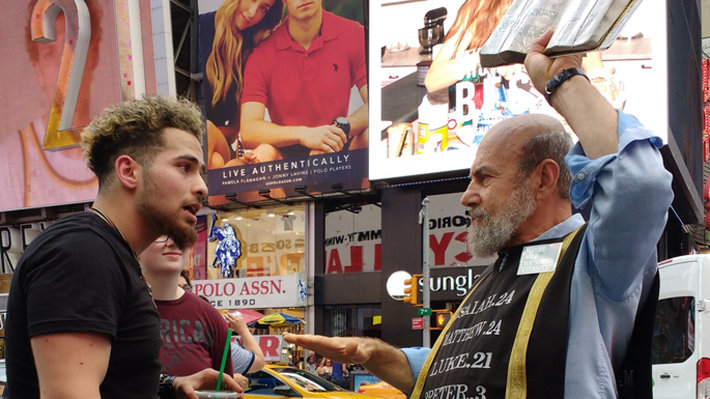
-
HOME
-
WHAT IS STANDOur Mission Our Values Our Help Contact
-
WHAT WE FIGHT FORReligious Freedom Religious Literacy Equality & Human Rights Inclusion & Respect Free Speech Responsible Journalism Corporate Accountability
-
RESOURCESExpert Studies Landmark Decisions White Papers FAQs David Miscavige Religious Freedom Resource Center Freedom of Religion & Human Rights Topic Index Priest-Penitent Privilege Islamophobia
-
HATE MONITORBiased Media Propagandists Hatemongers False Experts Hate Monitor Blog
-
NEWSROOMNews Media Watch Videos Blog
-
TAKE ACTIONCombat Hate & Discrimination Champion Freedom of Religion Demand Accountability
Remembering Religion’s Legacy of Preserving Knowledge on This International Day of Education
In the fifth century AD, Rome was under assault. Barbarians attacked and plundered cities throughout the Empire. The Hun (one of several peoples referred to generically as “barbarians”) was a particularly deadly opponent. He was better armed, rode better horses, and employed better equipment than the mercenaries Rome hired to fill out its army. Each Hun had been ritually disfigured at birth, when every male child’s cheeks were sliced by a sword. It was believed that this experience taught the child to endure pain, while the scarring produced a more fearsome warrior.
Fearsome he was. In the battle of the Catalaunian Plains alone, upwards of 300,000 men are said to have died. Some accounts say that blood flowed from the battlefield as a river. Defeated populations who refused to pay tribute were often slaughtered. Whole cities, such as Aquileia in Northern Italy, were wiped from the face of the earth. Confronted with ever-depleting treasuries, Rome could no longer afford to pay its mercenaries for protection. Famine and the plague further weakened her until, in 476 AD, Rome fell. Barbarians roamed at will. Romans fled their cities to the relative safety of the countryside, where they reassumed a rural lifestyle.
Thus ended Western civilization. Almost.

For the next 300 years, many of the remaining Roman cities, monasteries, libraries and schools were systematically looted and destroyed by waves of barbarian invaders. Without the overarching protection of Rome, men had little use for civilization. Survival depended on brute force. These were the darkest of the Dark Ages.
Into this void stepped the Church. As British historian Christopher Dawson wrote, “The Church had to undertake the task of introducing the law of the Gospel and the ethics of the Sermon on the Mount among peoples who regarded homicide as the most honorable occupation and vengeance as synonymous with justice.”
Thus ended Western civilization. Almost.
The first Benedictine monastery was established at Montecassino in Italy, in 529. At its height, the Benedictines comprised over 37,000 monasteries throughout Europe. From these monasteries, monks taught people how to irrigate and cultivate the land and survive. They introduced crops such as corn. They taught people how to raise and breed cattle and horses; the making of cheese; beekeeping; the brewing of beer; salmon fishing; and the cultivation of fruits.
In addition to practical knowledge, the monasteries were also the last refuge for scholarly knowledge. One of the principal occupations of monks was copying ancient manuscripts. The practice started in the sixth century at the Vivarium monastery in Italy, whose library was endowed by the Roman Senator Cassiodorus. Thereafter, a primary role of that monastery was to copy manuscripts, ensuring the continuation of Western knowledge, while preserving literacy amongst its initiates. The practice spread to other monasteries until most had established “scriptoria”—rooms where ancient literature was transcribed by monks.
In the 10th century, some monasteries and cathedrals began establishing affiliated schools for the education of those not eligible for monastic life. These schools eventually led to the first university, established at Bologna, Italy, in the 11th century.

In the 14th century, in Florence, Italy, the spark of civilization caught fire once again. The Italian Renaissance had begun. The barren moral and intellectual landscape of post-apocalyptic Rome had been coaxed along by the goodness of man and the work of the Church. While the Renaissance would go in a very different direction from the Church, it was built on a foundation of knowledge and literacy nurtured by the Church to bridge the millennium between the fall of Rome and the rebirth of civilization.
Over the next 500 years, education and religion were closely affiliated. Today, most missionary work is synonymous with education, while in America and Europe (the prime beneficiaries of the work of the Church during the Dark Ages), many major universities boast some religious affiliation. At the primary and secondary school level, in 2015, there were nearly 24,000 private religious schools in the United States teaching hundreds of thousands of children.
For a thousand years, churches preserved civilization against the onslaught of ignorance and barbarism. It is a tradition for which we should all be thankful.









